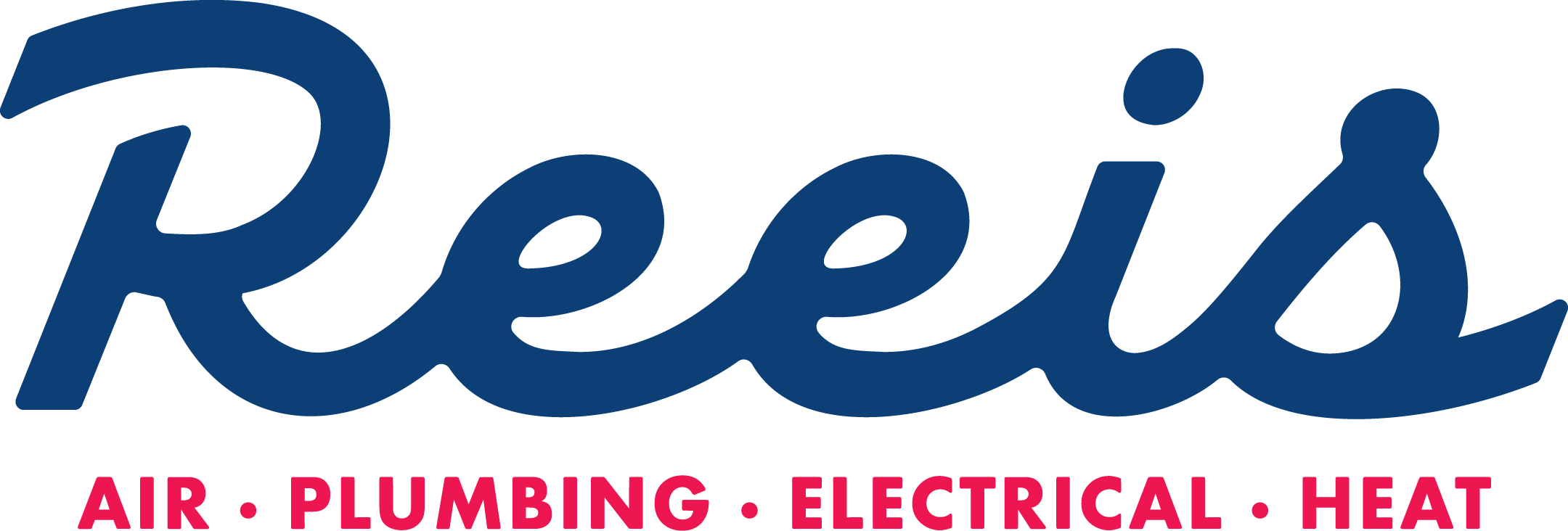A clogged furnace flue prevents the release of carbon monoxide and other gases from leaving your Tempe, AZ, home during combustion. When the gases accumulate in your house, they put you at risk because some gases are toxic when inhaled. You need to make sure your furnace flue is working safely. Read on to learn three signs of a clogged furnace flue:
Excessive Soot
When you notice excessive soot around your furnace flue, it might indicate inefficiency that requires a call for maintenance. The furnace produces heat by burning natural gases and produces byproducts, including carbon monoxide, after combustion. The byproducts leave the house through the furnace flue; however, when clogs develop, they remain inside the furnace and produce excessive soot.
Water Streaking the Furnace Wall
When you notice water streaking down the walls of the furnace, it might be an indicator of clogging of the furnace flue. When you have a clogged furnace flue, air won’t circulate properly, causing moisture to build up in the furnace.
Additionally, water is a byproduct of combustion, and it leaves the flue in the form of vapor. However, when there’s a blockage, water will remain inside the flue and start streaking the walls of the furnace.
Yellow Flame
When you power up your furnace, check the color of the flame that it produces. Normally, the flame is blue, and a change in the color from blue to yellow indicates a clogged furnace flue. The furnace flue vents out carbon monoxide, but when it has a blockage, carbon monoxide remains inside the furnace. Combustion of carbon monoxide produces a yellow flame.
Carbon monoxide is a harmful gas, and your furnace flue needs to vent it out to prevent causing harm to your household. Leaves, debris and specks of dust often clog the furnace flue, and you have to check it regularly and keep the passage open. If you need furnace repair, installation or maintenance in Tempe, AZ, get in touch with REEis Air Conditioning today.
Image provided by iStock









